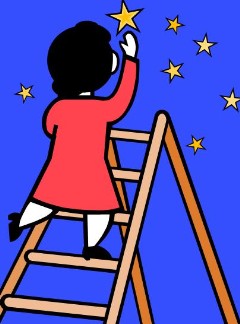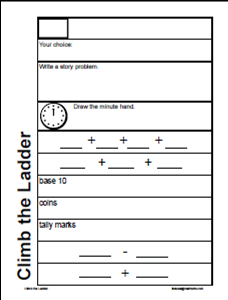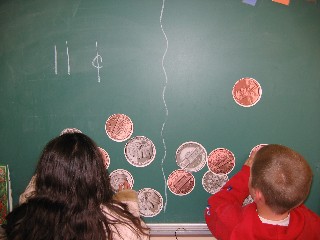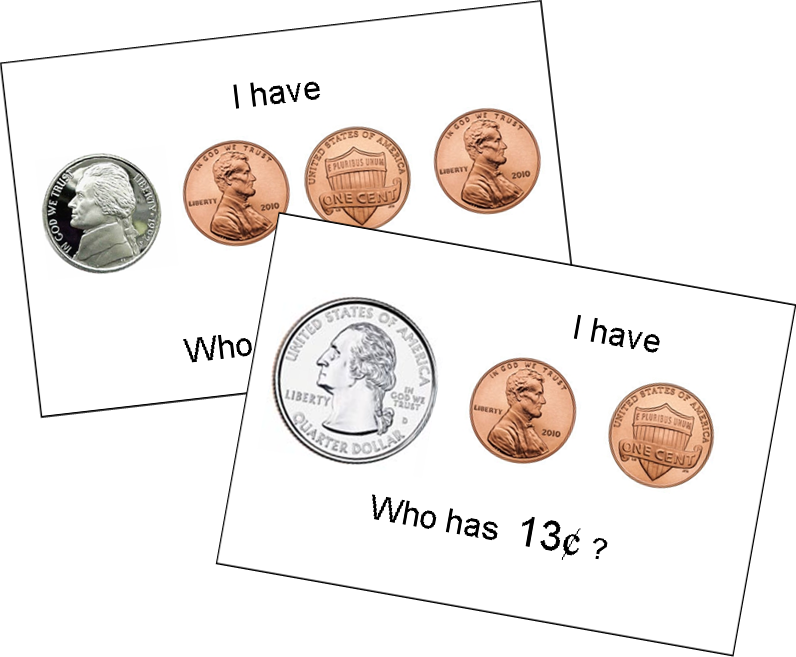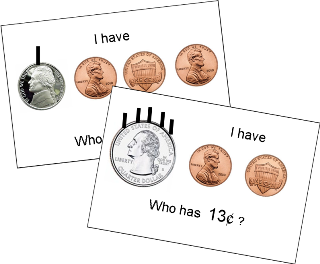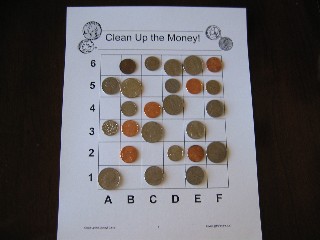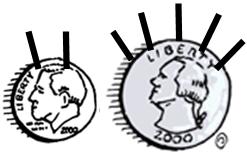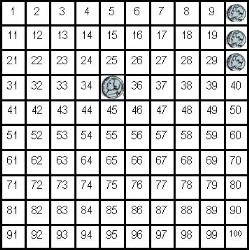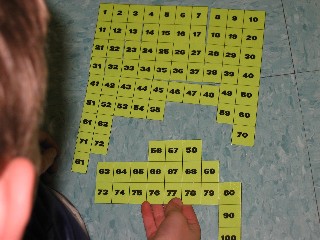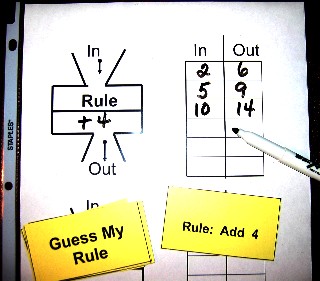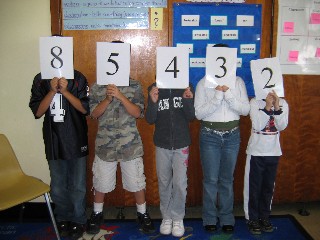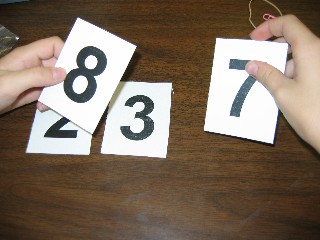Some students need prompts to help them write mathematical expressions for target numbers. Climb the Ladder is an activity that prompts students to move from all addition or subtraction problems and include many mathematical topics to generate equivalent names. The student starts at the bottom of the ladder and completes the first rung using the prompt provided. He/she then moves up to the next rung, etc. and works to complete as many rungs as possible in the allotted time. The teacher may also include a traditional name-collection box for students to use after they reach the top so that they continue to generate equivalent expressions of their choice. Many students write more diverse mathematical expressions as a result of using this prompted approach.
Classroom Management Suggestions:
- Have students write equivalent expressions for the day's date.
- Ask students to write equivalent expressions for the school day count.
- Pick a random number from a hundred board.
- Insert the Climb the Ladder template into clear sheet protectors and have students use dry-erase markers so that the form may be reused each day.
Differentiation Strategies:
- Let pairs of students or small groups work together to generate as many different expressions as possible in a given amount of time.
Materials:
- Read more about Mathwire's Climb the Ladder and download different versions of the templates.

